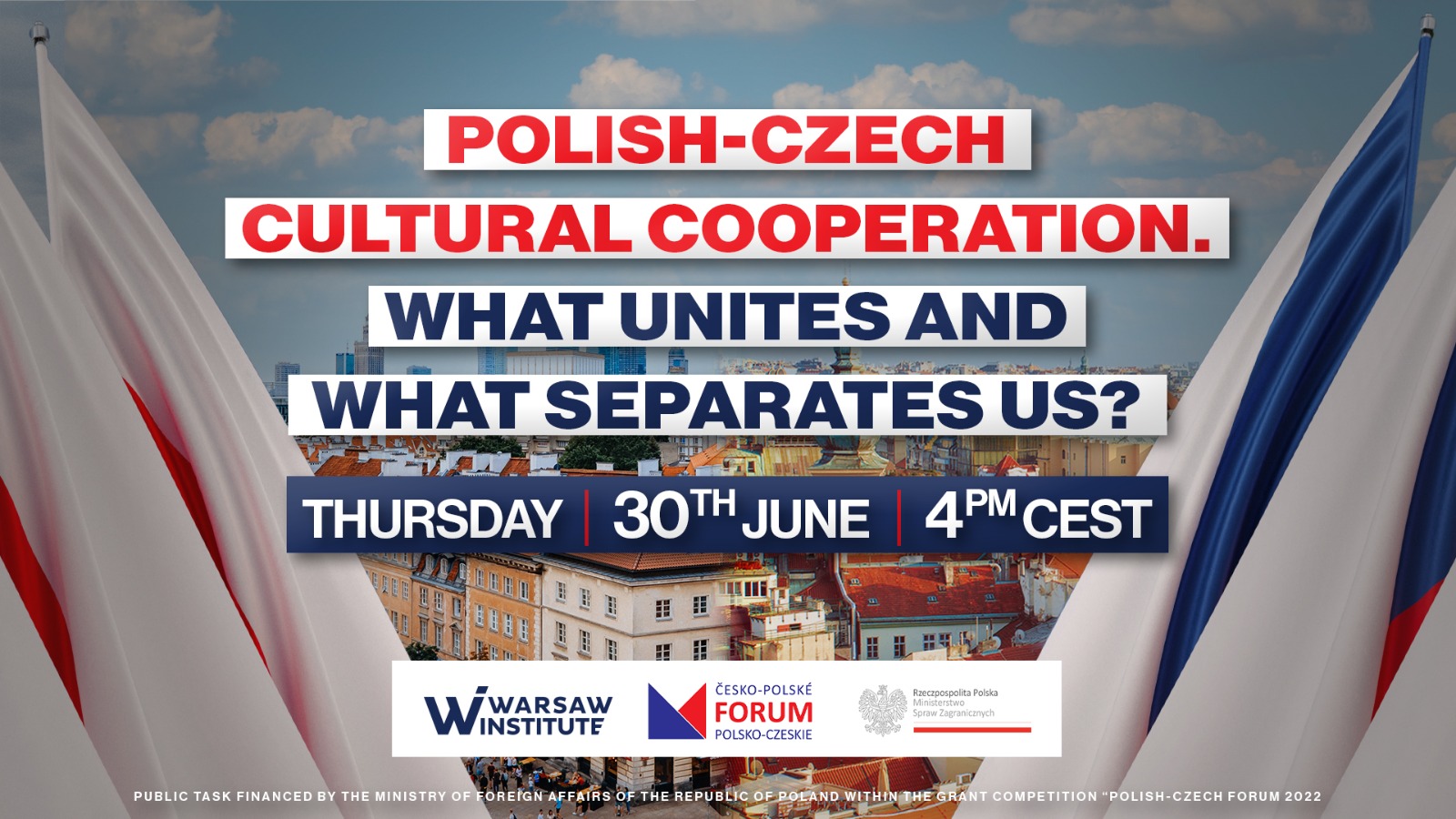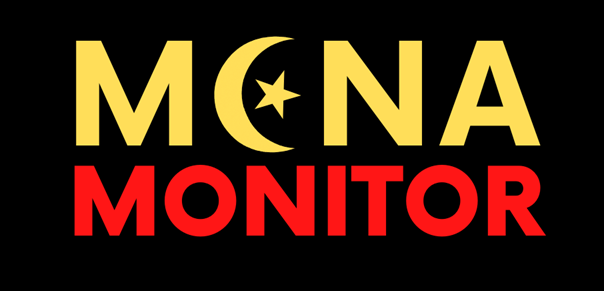Growing from the same Slavic roots, Poland and Czechia are culturally similar. Indeed, they are closer to one another than they might appear to be. Even though each of the countries has its own unique elements, the cultural foundation of these nations as languages, folklore or traditions, is shared, which is given not only by their common ancestors, but also affected by the geographic location of the countries. The centuries of development side by side with one other have made us not only into neighbouring states but also into natural collaborating partners.
Up to the Renaissance, Poles and Czechs were closely tied, but from the beginning of the 17th century, Czechs began to differentiate significantly. The events of the so-called White Mountain led to a decrease in elites and nobility in the Czech lands, with Czechia becoming a primarily peasant – or plebeian – nation. Over the course of the following four centuries, this change is what shaped called Czech nature as we know it today. The peasants had to mind their own ordinary lives and problems and cared less for the representation of great ideas. Their nature necessarily had to be much more realistic than romantic. And because realistically facing and enduring the tough everyday realities, we have developed special coping mechanisms: humour, irony and mockery. As a great Czech film director Jiří Menzel once said: “You (Poles) have always fought, regardless of the price. We just want to live. Therefore, instead of manifesting our disgust and doom, we have learned to look at the world with a distance and hysterically mock our own destiny.”
The specific humour, irony and ability to mock everything at any time, especially ourselves, is the most typical feature of something which could be called “Czech national nature”, if we really believe in such a concept. This has formed the greatest difference between Czech and Polish neighbours, the southern ones accustomed to caring about themselves and not trusting anyone else to care for them, and the northern ones having their nobility, alas credible and caring authorities, up to the beginning of the 20th century. This is one of the reasons a Pole may be proud of their national heritage, meanwhile a Czech might approach life through a lens of (self-)mockery is just mocking.
These differences may result that we sometimes do not understand each other. However, such cultural distinctions are also what make us interesting for one other as they foster a degree of mutual enrichment through observing the other’s perspective. This is the main reason why our joint cultural projects are so popular and continue to thrive. The oldest cultural cooperation activity is dated to 1990, when the international theatre festival ‘On the border / Na granicy / Na hranici’ was founded in Cieszyn and Český Těšín. In 2004, it was renamed to ‘Without borders / Bez granic / Bez hranic’, which describes the spirit of this cultural project much more accurately. During the annual festival, the two cities of Český Těšín and Cieszyn become one shared city fulfilled with cultural events, with Czechs and Poles crossing the border there and back, depending on the location of the events to experience the festival in each other’s countries. Cieszyn and Český Těšín are also the hometowns of the Czech-Polish-Slovak film festival ‘Kino na granicy / Kino na hranici’. Since its foundation in 1999, the festival has become renowned and won a prize from the Polish Film Institute during the International film festival in 2013.
Whilst bordering towns are ideally located for joint projects, they aren’t the only ones engaged in such exchanges. Polish cultural festivals organized by Czechs and Poles can also be found in the largest cities of Czechia, as in Ostrava (Polish days since 2008), Brno (The day of Polish culture since 2011) and Prague (Bardzo fajny festival since 2013). The main aim of these festivals is the popularization of Polish culture in Czechia.
Czech culture may not be as known in Poland as the reverse, which is logical, as we are significantly smaller. The well-known literary figures of Bohumil Hrabal and Jaroslav Hašek capture the typical features of Czech culture, which have already been discussed. I would rather recommend contemporary female novelists such as Alena Mornštajnová, Karin Lednická and Kateřina Tučková. Their novels are very popular in Czechia, (also translated into Polish) and focus on discovering the history of the 20th century through families or specific places. The ‘Sloping Church’ trilogy (third part not yet published) by Karin Lednická could be especially interesting for Poles, as it tells the history of the mining region in Cieszyn Silesia, so it is also the story of Poles in what has since become Czech territory.
We can often hear that Czechs don’t like Poles and of course the other way around. This could be the result of living close to each other, but more side by side than together. We have some differences and we may not always understand the other’s behaviour, even finding each other odd sometimes. We should, however, be finding opportunities to work together to truly get to know and understand each other. The result of such actions should be only enriching for both sides.
















